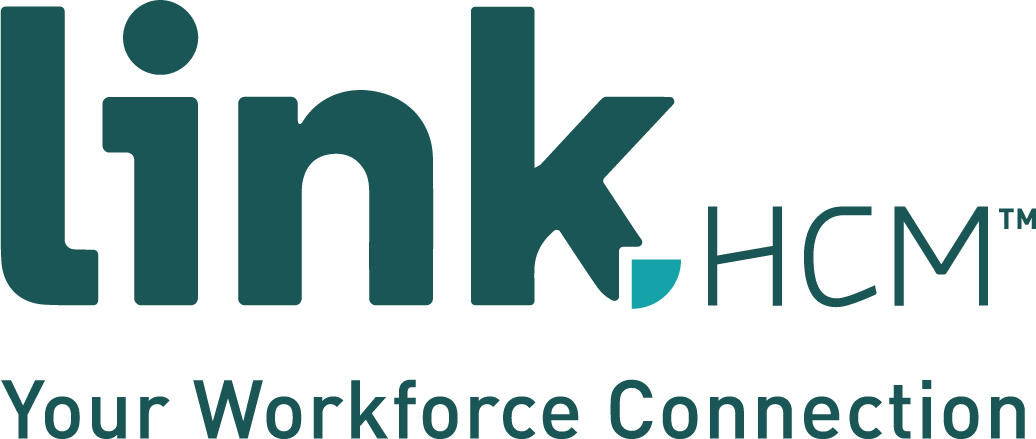 As we finally begin to see the light at the end of the tunnel from the COVID-19 shelter-in-place mandates, we begin to ask ourselves how to ever again reach a sense of normalcy in the workplace. Although it remains unknown as to when, and under what conditions, businesses will be able to resume regular operations, employers should start thinking about how to reopen in a manner that minimizes risks to themselves and their employees.
As we finally begin to see the light at the end of the tunnel from the COVID-19 shelter-in-place mandates, we begin to ask ourselves how to ever again reach a sense of normalcy in the workplace. Although it remains unknown as to when, and under what conditions, businesses will be able to resume regular operations, employers should start thinking about how to reopen in a manner that minimizes risks to themselves and their employees.
While there is no proven method to get businesses all back on their projected 2020 path, there are a number of things that can be done to steer businesses in the right direction.
Implement Practices and Policies for a Safe Workplace
States have begun relaxing restrictions on nonessential businesses and activities. Before re-opening, employers should review the company handbook and reevaluate policies that may need to be updated to remain in compliance or even work to create new ones that fit the current orders in place.
You’ll want to make sure that you have posted the Families First Coronavirus Response Act (FFCRA) poster in a visible place. If you still have employees who are working remotely then you will want to make sure you share the FFCRA poster via email and make it easily accessible to them in a shared company drive.
Things are substantially different than they were three months ago. Assess and revise your current hiring process and policies. You may or may not need to up your competitive advantage with pay and benefits. If you are only bringing back a handful of your employees after layoffs and furloughs make sure that your practices for determining who to bring back do to discriminate against any of your employees.
Your leave policy may or may not be affected by the FFCRA. For employers that had time-sensitive PTO policies, consider allowing employees more time to use it. Most importantly, make sure that every single employee can access and understand any applicable policies.
Additional considerations include reviewing your work from home, childcare, work travel, and benefit policies. Once you have reviewed and modified your policies, distribute them to your employees.
Keep Up With Best Practices
Communication has never been so important. Continue to communicate consistently with employees and centralize your resources so that when your staff has questions they can easily get answers. Just as you created a Crisis Communication Team you’ll want to designate an internal COVID-19 expert who will be responsible for staying up to date with COVID-19 issues impacting the workplace.
Although businesses will have begun to re-open, numerous states have already cancelled school for the remainder of the school year, and other childcare facilities may open a lot later than certain businesses. As employers, offer flexibility whenever possible to accommodate.
The COVID-19 season has provided invaluable lessons. Take this opportunity to create a plan to handle absenteeism or future shelter-in-place orders. It is important to cross-train employees on essential operations as well as prepare them to work from home if needed.
Put Health and Safety First
Although businesses are reopening it does not mean the crisis is over. It is important to educate employees on how to present the spread of COVID-19 in and out of the workplace by following the CDC recommendations.
In an effort to make business life post-COVID-19 as seamless as possible, OSHA has developed a COVID-19 Planning Guide that focuses on the need for employers to implement engineering, administrative, and work practice controls and personal protective equipment (PPE), as well as considerations for doing so. This guidance is intended for planning purposes. It is recommended that both employers and workers use the guide to help identify risk levels in workplace settings and to determine any appropriate control measures to implement.
Consider implementing the following:
- Sanitation stations and cleaning supplies
- Social distancing in the office
- Reduced office capacity
- Staggered shifts
Check out our Return to Work Checklist here.




Leave a Comment